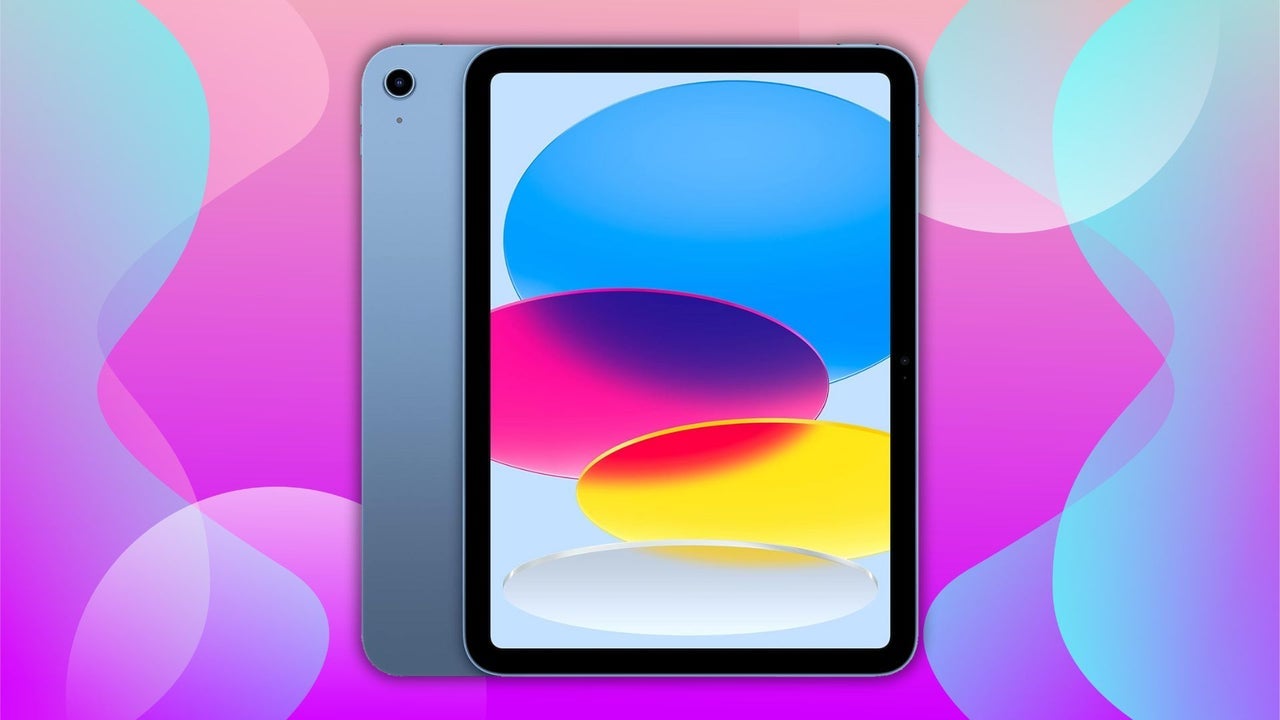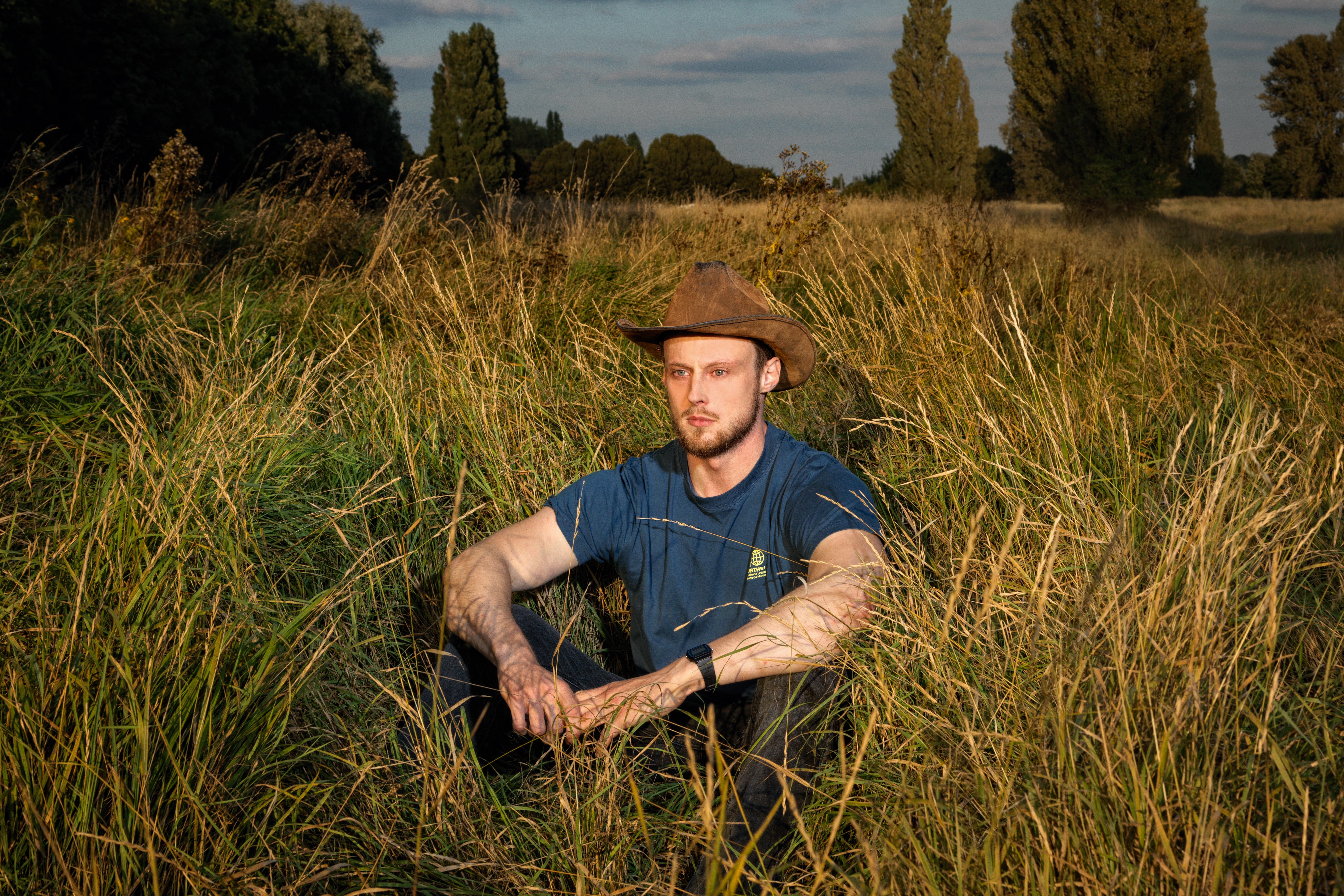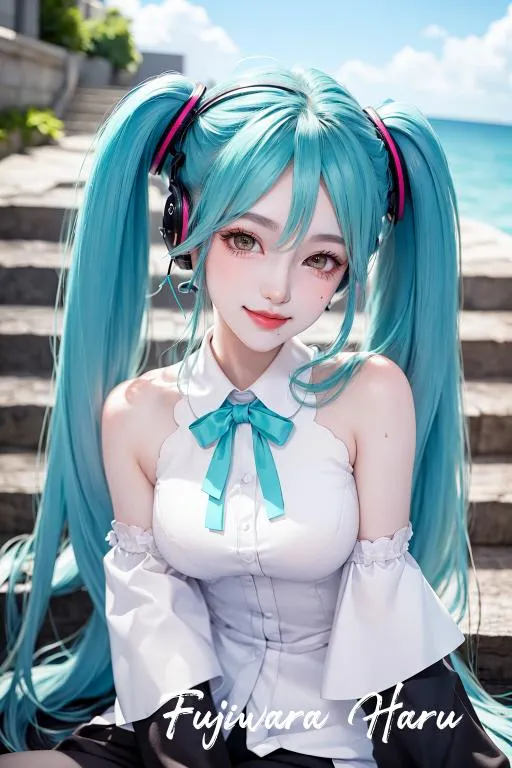Approximately 135,000 people attended San Diego Comic-Con last July, but the Convention Center’s largest room – the famed Hall H where Marvel, DC, and the other studios have made their biggest announcements – can only sit 6,500. So even if you divide that 135k over the four days the show runs, that still leaves about 27,000 folks who are doing other stuff beyond cheering for Kevin Feige or whatever studio presentation is going on there.
Which raises the question: Will those fans really care that the studios are mostly sitting out Comic-Con 2023?
You’ve probably heard by now about the escalating turmoil in the movie and TV industry. The Writers Guild of America (WGA) has been on strike for two and a half months, the Screen Actors Guild – American Federation of Television and Radio Artists (SAG-AFTRA) joined them last week, visual effects artists (who aren’t unionized) are facing the prospect of no work as productions shut down, and indeed, all of Hollywood and the industries it supports are having to grapple with the prospect of a potential long-term shutdown. It’s scary.
So it comes as no surprise that the annual nerdathon that is Comic-Con, which takes place this week from July 19 to 23, would be facing – after the lean Covid years – yet another crisis of its own. What’s a Comic-Con without famous actors and creators, after all? You mean we actually have to talk about… comics at Comic-Con? [flips table covered in Magic: The Gathering cards]
Of course, it’s always been ironic that ever since SDCC became the mainstream touchpoint of geek fandom that it is today, comics have been seemingly pushed to the side – to those dark halls where only the likes of the original Battlestar Galactica cast dare to visit for autograph sessions. I take no pleasure in the ghettoization of comic books at their own con; as I sit here typing, my signed copy of Walt Simonson’s Thor #337 is within reach of my desk. But the fact is, Hollywood took over San Diego Comic-Con at some point – let’s call it the early 2000s – and it hasn’t been the same since.
This phenomenon has had its ebbs and flows since then, but perhaps the nadir came during those couple of years when Playboy would host a party that was, dare I say it, the douchiest event ever held in the same city where Stan Lee was an honored guest. I remember seeing the many fans standing outside, hoping for a chance – never to come – to get into that abomination of crowded clubbiness and Los Angeles daytrippers who didn’t know John Buscema from John Cena… if only those fans knew they were better off going back to Artists Alley. Maybe to get a copy of Thor #337 signed, even.
All of which is to say, Comic-Con was significantly changed by the arrival of Hollywood, as the studios discovered it could serve as a beat on the promotional tour for whatever they were promoting at the time. And yes, of course big movies and shows have had a presence at the con over the decades – we all know about how the original Star Wars was there in 1976 before it even came out. Still, it’s only been since nerdism became mainstream that SDCC did the same. (Indeed, the ascension of both seem inextricably tied together.) Chances are even your mom has a vague understanding of what a “comic con” is.
But will that rise to prominence persist after these last few tumultuous years for the show? With Hollywood’s actors and writers on strike, a major part of the studios’ standard op at San Diego has been shut down. It’s hard to keep track of how many panels have been cancelled or altered as a result of the strikes, but big-name titles like Dune: Part Two and The Boys spin-off Gen V have fled the interview, while others are getting hobbled presentations like the Star Trek TV shows, which will still be present at the con to screen new footage of episodes, but with none of the star power usually associated with a convention slot. And then there are the studios that mostly chose to sit this year out before the actors strike even hit, like Marvel, Netflix, Universal, and Sony, among others.
This follows a rough stretch for SDCC that began with the pandemic. The show’s annual July event was cancelled in both 2020 and 2021, replaced with a virtual one that just wasn’t the same. (A smaller con took place in person in November of 2021 as a so-called "special edition," but it was essentially a comic book convention with little Hollywood flair.) During this period, more studios (and media outlets like IGN) began to realize that they could do their own mini Comic-Cons, like the hugely popular DC Fandome and Netflix’s Tudum event. Studio-specific live shows like D23 or Star Wars Celebration (and Tudum as well now) have an increased cache these days, which begs the question of how much these studios really need Comic-Con anyway. Heck, even a Disney earnings call or “investor day” can serve as a marketing event now.
Comic-Con began a return to its former glory last July, with those 135,000 attendees back on the sweaty, mean streets of San Diego’s Gaslamp Quarter to hear and see, among other Hollywood news drops and photocalls, Kevin Feige lay out the next two Phases of the MCU. The show is sold out this year (as it is every year), so stars or not, it remains huge in terms of attendance. And perhaps that is the key to Comic-Con’s future.
Sure, this may be yet another off-year for SDCC because of the strikes. But with 135,000 nerds, nerd-curious, and nerd-adjacent setting down in San Diego for four and a half days of comics, collectibles, and cosplay, the fact is this could be the chance for the show to get back to what it once was: less about the Hollywood-ization of geek culture and more about the celebration of it at the grassroots level that leads, say, some kid to put on his dad’s bow tie and blazer and pretend to be Doctor Who. This is a show that offers everything from costume balls to panels on how to draw to fandom meet and greets to discussions on pop-culture history and… I’m not doing it justice, so just look at the programming schedule yourself for a sense of how deep things can go there.
That brings us back to all those people who aren’t waiting in line all night to sit in Hall H. The diversity of what there is to do at Comic-Con extends far beyond just soaking in studio marketing. Not that there's anything wrong with doing that if that’s your thing! (God knows I have spent my fair share of time in Hall H.) And of course, Hollywood is unlikely to ever fully detach from Comic-Con at this point, but maybe its semi-absence this year will be a reminder to some that SDCC was cool before the studios came calling. Hollywood can be part of the show, but it certainly isn’t the be-all and end-all of it.
Perhaps San Diego Comic-Con is changing for the better, and we just haven’t figured that out yet. Sometimes it may include going to an awful Playboy party, but on the other hand, it could also mean finally getting Walt Simonson to sign your copy of Thor #337.
Photo credit: ROBYN BECK/AFP via Getty Images







